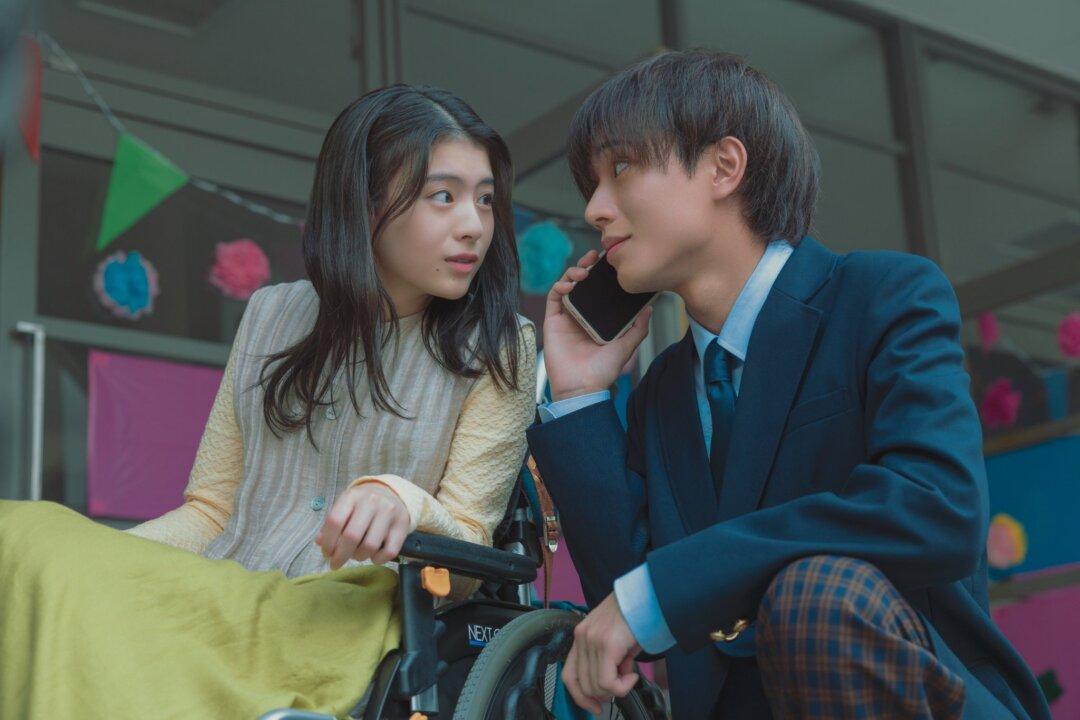TV-14 | 1h 58min | Romance | 2024
Screenwriter-director Takahiro Miki’s romance set in Japan, “Drawing Closer,” is based on Aoi Morita’s novel and aimed at a late-teen and young adult audience.

TV-14 | 1h 58min | Romance | 2024
Screenwriter-director Takahiro Miki’s romance set in Japan, “Drawing Closer,” is based on Aoi Morita’s novel and aimed at a late-teen and young adult audience.